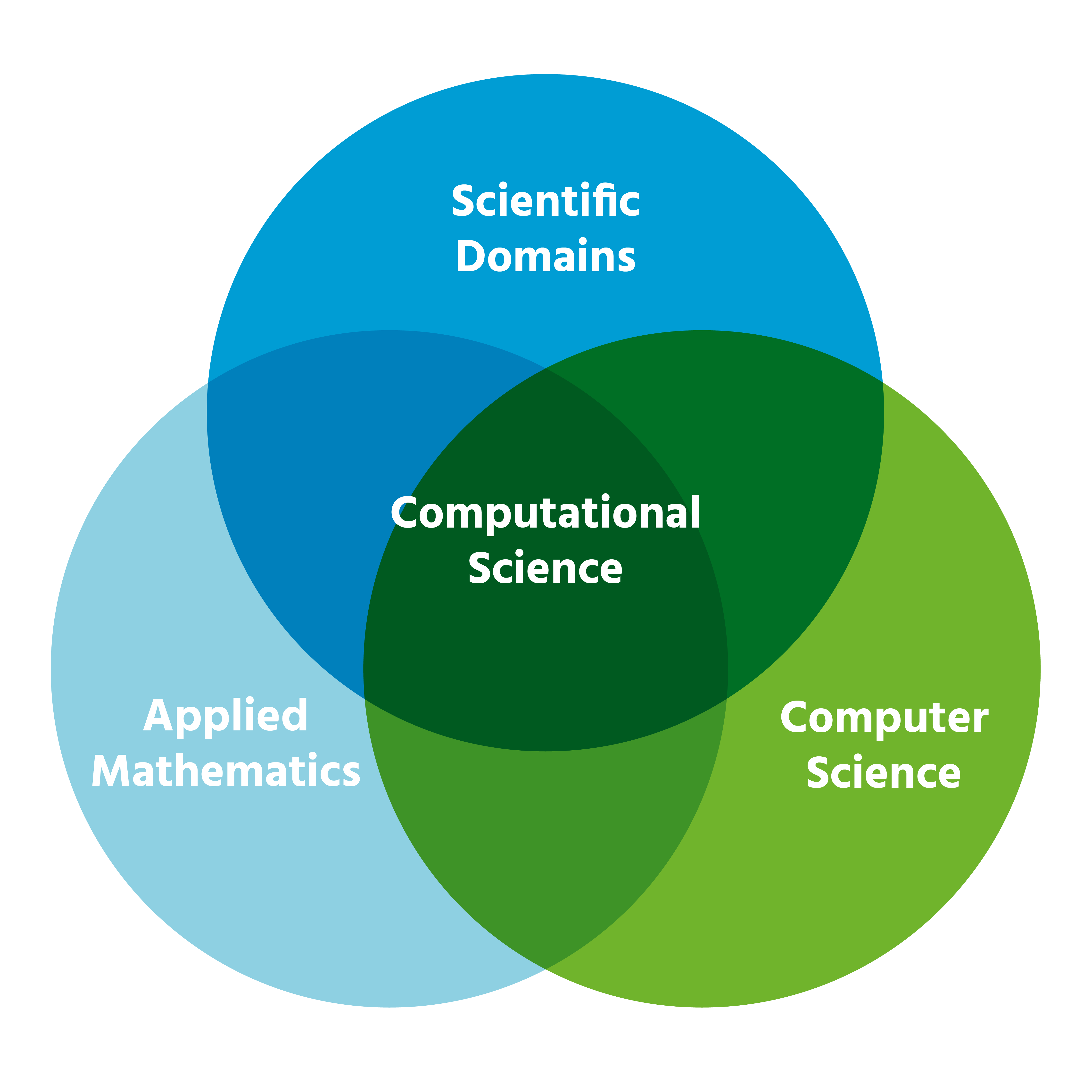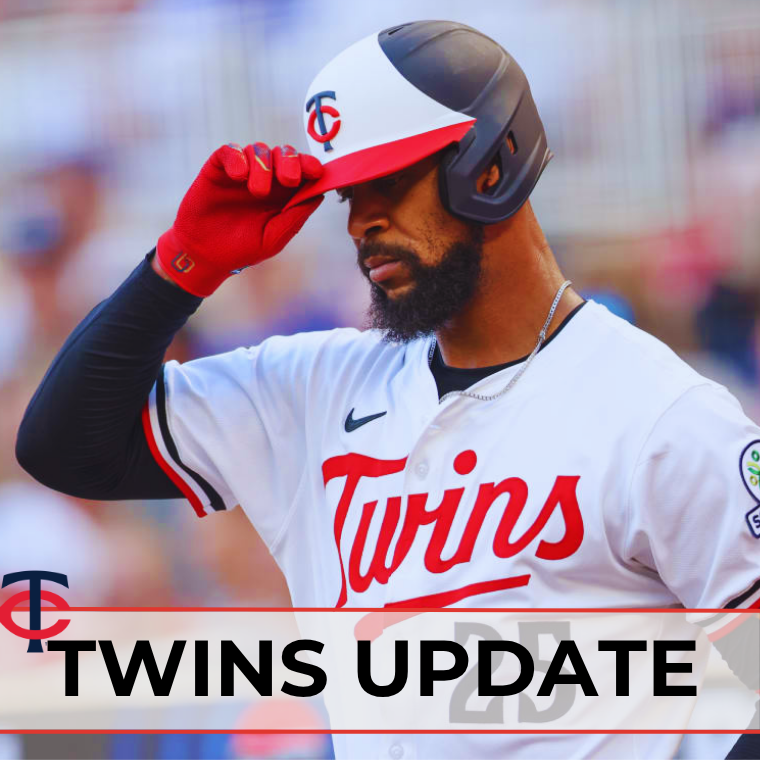Is the NFL Entertainment or Sport? Understanding the Dual Identity of America’s Biggest League
Introduction: The NFL’s Dual Identity
The National Football League (NFL) stands as one of the most influential and widely watched organizations in the United States. While it is rooted in athletic competition, the NFL has also evolved into a massive entertainment powerhouse. This dual identity raises an important question: is the NFL fundamentally a sport, entertainment, or both? Understanding this distinction helps fans, participants, and observers better navigate the culture, business, and legal implications of the league.
1. The NFL as a Sporting Competition
At its core, the NFL is a professional sports league. Thirty-two teams compete each season, with the goal of reaching and winning the Super Bowl, the most prestigious championship in American football. Each game involves strategic planning, athletic skill, teamwork, and high-stakes drama that only live competition can offer. Players undergo rigorous training, teams devise complex playbooks, and coaches and staff are dedicated to maximizing competitive performance. This side of the NFL is what attracts millions of fans who appreciate the authentic athletic challenge and the unpredictable nature of sports outcomes [3] .
For those seeking to participate in or follow the competitive aspect, you can:
- Attend live games by purchasing tickets through the official NFL website or authorized vendors.
- Follow standings, statistics, and player news using official league resources or reputable sports news outlets.
- Engage in fantasy football leagues for an interactive way to deepen your understanding of team strategies and player performance.
While the sport itself is real, the experience of watching a game is also carefully curated to maximize excitement and engagement.
2. The NFL as Entertainment: Business, Media, and Showmanship
Beyond the field, the NFL functions as a sophisticated entertainment company. Multi-billion dollar television deals with major networks, elaborate halftime shows, celebrity appearances, and extensive marketing campaigns are all designed to deliver a captivating experience to audiences far beyond hardcore sports fans [1] . The league has mastered the art of storytelling, building narratives around players, rivalries, and team dynasties to keep viewers emotionally invested season after season.
Examples of this entertainment approach include:
- Televised games that feature dramatic commentary, instant replays, and special effects.
- Events like the Super Bowl halftime show, which draws in non-traditional football viewers with performances by top musicians.
- Relaxed rules around touchdown celebrations to encourage more expressive, viral moments [2] .
The NFL’s entertainment strategy is so successful that in 2022, 82 of the 100 most-watched American television broadcasts were NFL games [2] . This dominance highlights how the league’s appeal extends beyond pure sport to become an integral part of American cultural life.
3. Legal and Business Perspective: Sport or ‘Sports Entertainment’?
From a legal standpoint, the NFL’s status is complex. In some court cases, the league has argued that its teams are fierce competitors on the field but function as a single economic entity off the field. This approach allows the NFL to jointly market teams, license logos, and collectively negotiate media deals [4] . The league’s business model blurs the line between independent sporting competition and coordinated entertainment offering.

Source: sportsbettingdime.com
Most controversially, there are legal arguments that the NFL can operate as ‘sports entertainment’ similar to professional wrestling, which, under U.S. law, could mean the league is not held to the same standards of competition as other sports. Some sources have claimed the NFL could, in theory, stage or script outcomes without legal liability because it is classified as entertainment, not a regulated sport [5] . However, there is no evidence that the NFL actually rigs games, and it remains subject to public scrutiny and market pressures to maintain the integrity of competition.

Source: jetnation.com
To verify the league’s official positions or legal cases, you can:
- Research major antitrust cases involving the NFL, such as “American Needle, Inc. v. National Football League.” Consider searching court records or official legal analysis from established law publications.
- Follow reputable sports business news outlets for updates on league policy and legal interpretations.
4. How to Engage: Practical Steps for Fans and Participants
Whether you view the NFL as a sport, entertainment, or both, there are many ways to experience it to the fullest. Here are some practical steps:
- Watching Live or on TV: Purchase tickets from the official NFL website or authorized sellers for live events. For televised games, check listings on major networks like CBS, FOX, NBC, and ESPN, or explore official streaming options through verified platforms.
- Participating in Fantasy and Community Events: Join fantasy football leagues hosted by reputable platforms, attend team fan events, and engage with official NFL merchandise retailers for authentic products.
- Staying Informed: For the latest news, visit established sports news organizations, check the official NFL website, or follow verified social media accounts for teams and the league.
- Evaluating Integrity: If you are concerned about the fairness or legitimacy of games, research independent analysis from sports law experts, look for reporting from major investigative journalism outlets, and review official league statements.
- Exploring Alternative Experiences: Many fans enjoy the entertainment value, while others focus on the purity of the sporting contest. You can choose how to engage, whether by following the storylines, focusing on statistics, or supporting your local team in person.
If you have questions about NFL policies or want to report concerns, you may contact the league through its official website’s contact form or reach out to team representatives.
5. Key Takeaways: Blurring the Line Between Sport and Entertainment
The NFL’s place in American life is unique because it sits at the crossroads of competitive athletics and mass entertainment. While it features real athletes competing under established rules, the league’s business model, legal arguments, and media presentation all point to a broader entertainment mission [1] . This blend has allowed the NFL to reach unprecedented popularity and profitability, but it also raises ongoing debates about fairness, authenticity, and the role of spectacle in modern sports.
As a participant or fan, you can choose your level of engagement and determine what aspects matter most to you. Whether you value the athletic challenge, the narrative drama, or the social experience, the NFL offers multiple pathways for involvement-and understanding its dual nature is key to making the most of what it has to offer.
References
- Venture Magazine Blog (2025). The NFL: Where Sports Meets Entertainment.
- The Sunflower (2024). NFL: The Greatest Showman.
- The Den Forum (2021). The NFL is an entertainment industry and nothing matters.
- Primerus (Year Unspecified). The NFL Attempts to Convince the Supreme Court That its Teams are Not Competitors Except on the Playing Field.
- TDG Research (Year Unspecified). Can The NFL Legally Fix Games?
MORE FROM searchhole.com













